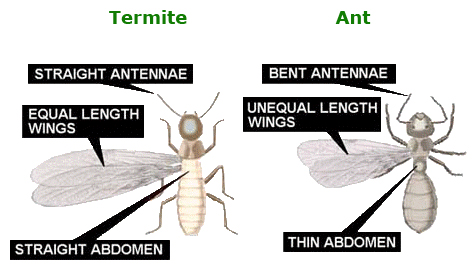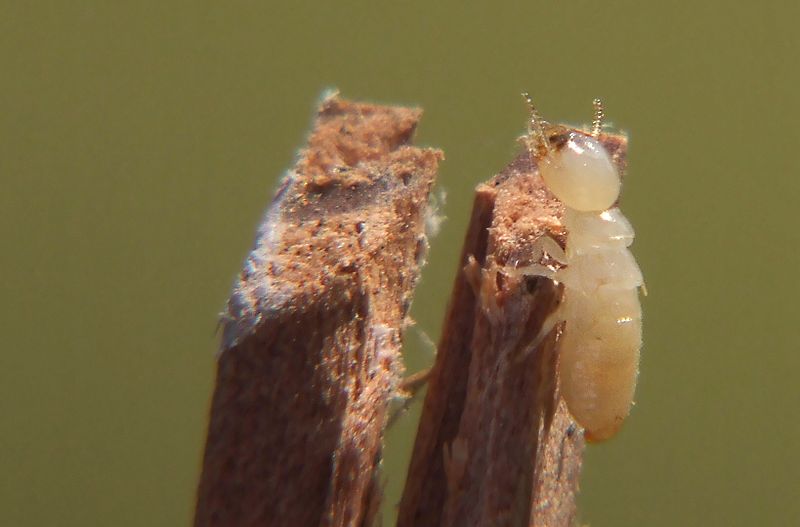| More about Termites |
|
Termites are commonly known, as
"white ants," they are only distantly related to the ants.
Subterranean termite homes are usually
formed in soil. Within these mounds, termites build elaborate tunnel systems and mud tunnels
through which they access aboveground food sources. Drywood termites live within
the wood they consume and oftentimes infest walls and furniture.
Termites mostly feed on dead
plant material, generally in the form of wood,
leaf litter, soil, or animal
dung.
Termites live in colonies that,
at maturity, number from several hundred to several million individuals. When a colony has matured, winged, swarming termites can be seen around windows and
doors. Winged termites are highly attracted to sources of light. After mating, these termites
locate a new breeding site and create another colony, spreading infestations throughout multiple
locations.
All termites require four things to survive — food, moisture, shelter and
optimal temperature. Unfortunately, all homes and buildings, regardless of their construction type,
can provide these ideal conditions for termite infestation.
How can I tell the difference between Termite and
Ants?
This can be a very troublesome question. Some of the flying winged ants
can resemble the winged-swarming termite. Here are some ways do identify the difference between the
physical resemblance.
- While both species have four wings, the termite wings are all the
same size and the ant wings have noticeably larger wings in the front as compared to the hind
pair.
- Termites have an almost straight antennae, the ants antennae are
elbowed.
- Termite wings are twice as long as the body.
- Ants appear distinctly segmented, because of their thin-waisted
appearance. Termites have a broad-waisted appearance.
- Carpenter ants can be much larger, up to one inch in
length.

|
 Call Us
Now: Suria (
012-3136679)
Call Us
Now: Suria (
012-3136679) 



